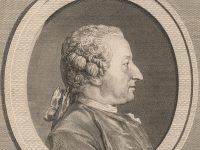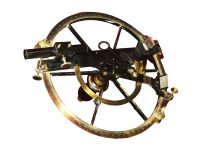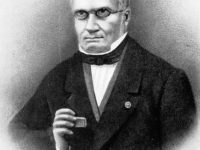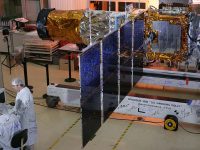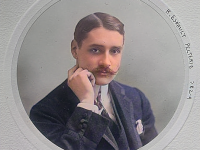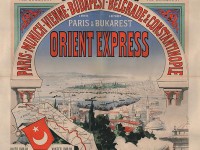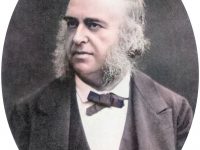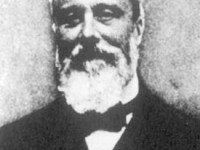Alexis Claude Clairaut and the True Figure of the Earth
On May 13, 1713, French mathematician, astronomer, and geophysicist Alexis Claude Clairaut was born. Clairaut was one of the key figures in the expedition to Lapland that helped to confirm Newton’s theory for the figure of the Earth.[3] In that context, Clairaut worked out a mathematical result now known as “Clairaut’s theorem“. He also tackled the gravitational three-body problem, being the first to obtain a satisfactory result for the apsidal precession of…
Read more

